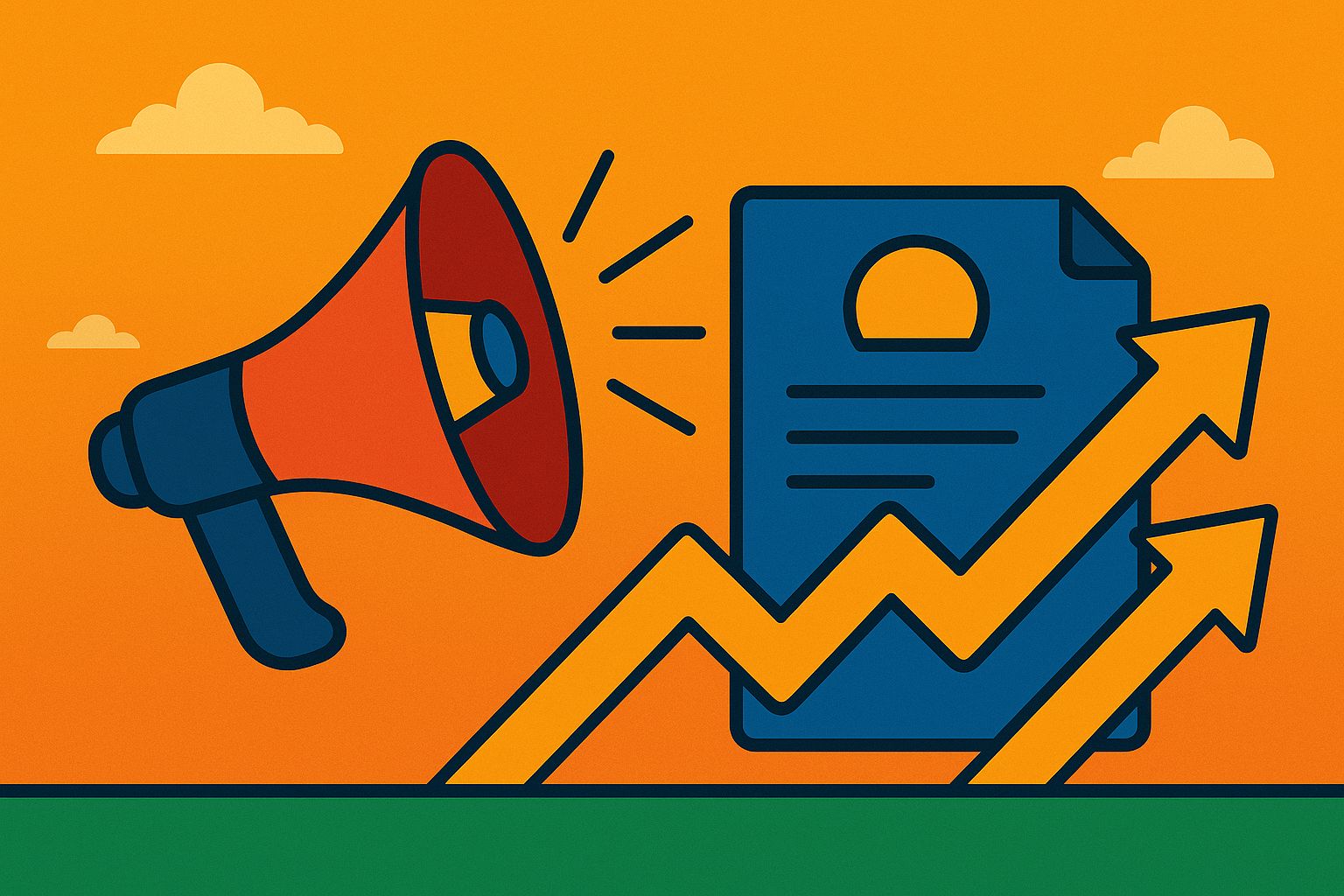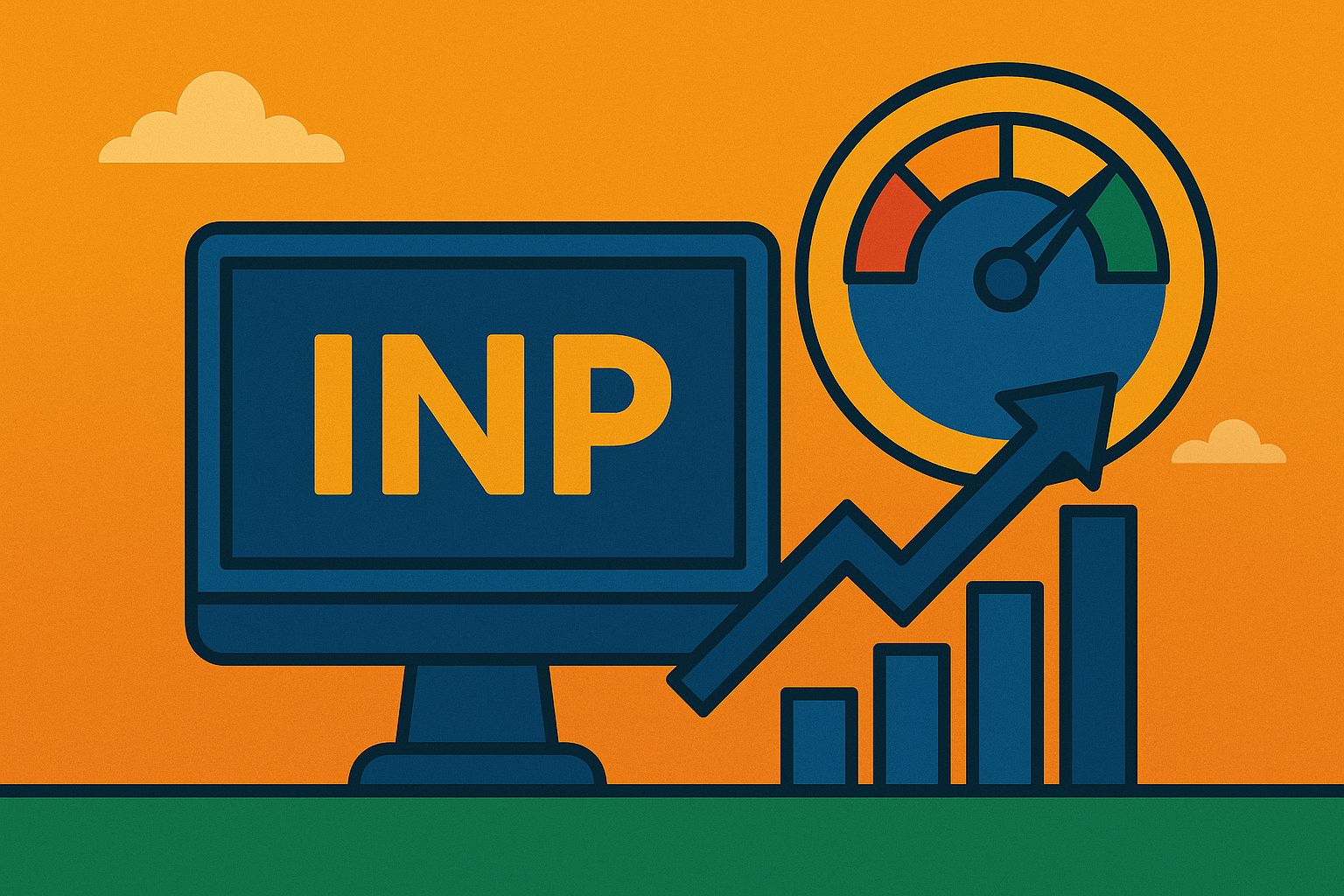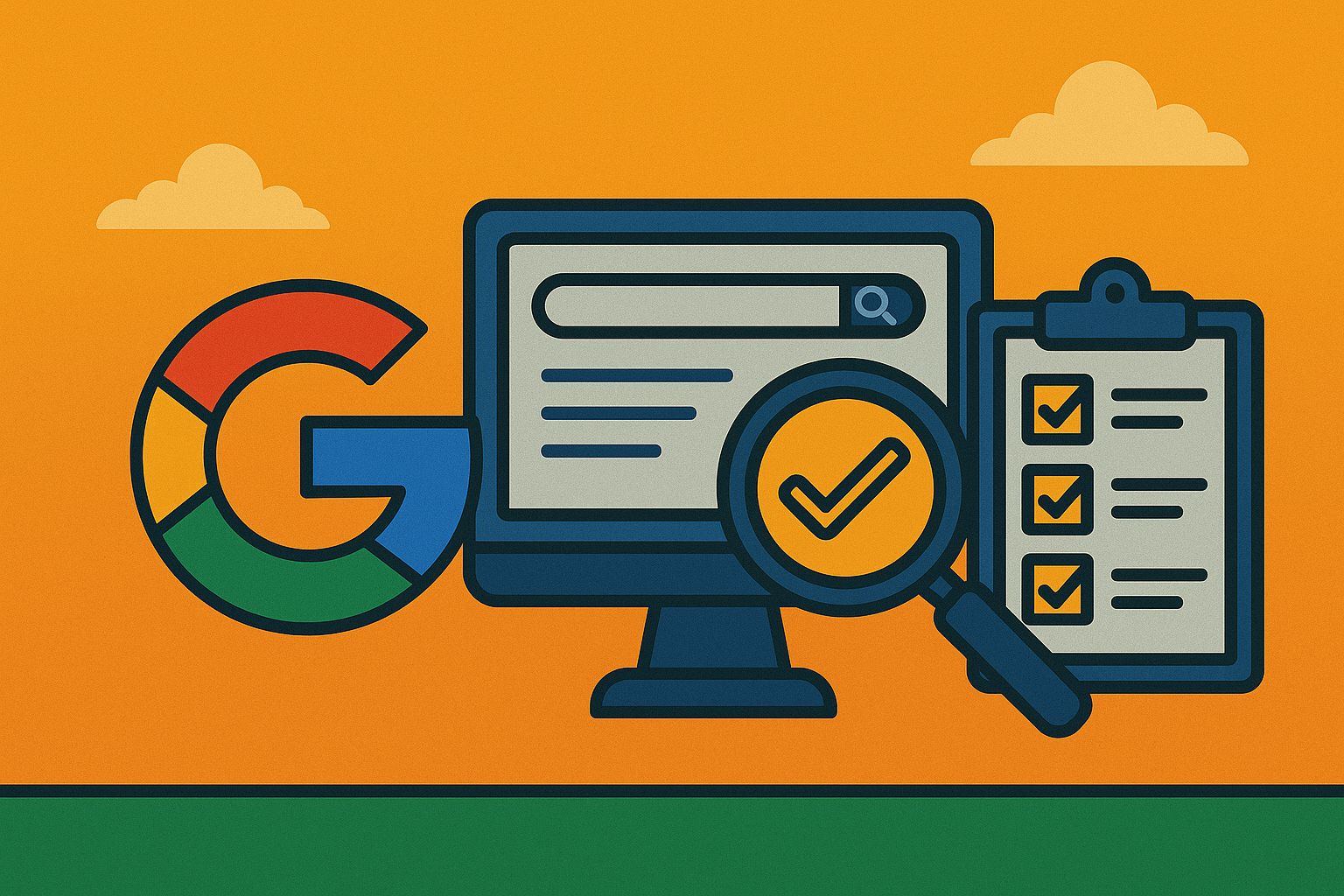Software development has become an essential part of modern society, transforming how individuals and organizations operate. Whether it’s improving efficiency in businesses, enhancing daily life with apps and automation, or unlocking new avenues for creative and collaborative work, the impact of software development is profound. This insight delves into how software has revolutionized various aspects of life and work, touching on technological advancements, key industries affected, and future trends.
The Evolution of Software Development
- Early Beginnings: The first software applications were basic, primarily serving technical purposes. Over time, software evolved from rudimentary programs into sophisticated systems that manage everything from household devices to global supply chains.
- The Shift to Agile Development: How agile and DevOps have redefined the approach to software development, allowing for faster, more iterative processes and improved collaboration between teams.
- Rise of Open Source: The open-source movement has enabled widespread collaboration, creating more robust and versatile software tools.
How Software Development Transforms Industries
1. Healthcare
- Electronic Health Records (EHR): Improved patient care by making medical histories easily accessible.
- Telemedicine: Enabled remote consultations and increased healthcare accessibility, especially during the COVID-19 pandemic.
- Medical AI: How AI-driven software is improving diagnostics and treatment plans by analyzing vast amounts of data.
2. Finance
- Online Banking & FinTech: The software powering online financial transactions has revolutionized banking, reducing the need for physical banks and offering more flexible financial solutions.
- Blockchain: Disrupting financial systems through decentralized solutions that are secure and transparent.
3. Retail and E-commerce
- Personalization Algorithms: Improving user experience and boosting sales through recommendation engines.
- Supply Chain Management: Software plays a key role in automating inventory management, reducing human error, and optimizing logistics.
4. Education
- E-learning Platforms: The rise of platforms like Coursera, Udemy, and others that allow for remote learning.
- Gamification and EdTech: Software that gamifies learning to engage students and improve retention rates.
The Impact of Software on Daily Life
1. Automation in the Household
The advent of smart home technology has redefined how we interact with our living spaces. Software is at the heart of this transformation, making daily tasks more efficient, convenient, and often environmentally friendly.
- Smart Appliances and Devices: The development of software-based systems for home appliances like refrigerators, washing machines, and thermostats has allowed homeowners to control and monitor their home environment from their phones. For instance, a smart refrigerator can alert users when food is about to expire, or a thermostat can automatically adjust temperature settings to save energy.
- Home Security Systems: Modern home security software allows homeowners to monitor their property remotely through integrated surveillance cameras and alarm systems. Applications like Ring, Arlo, and Google Nest have created connected ecosystems that keep homes safe, alerting users in real-time about potential security breaches.
- Energy Management: Software that manages energy consumption is a critical tool in creating environmentally sustainable homes. For example, smart meters and energy-monitoring software provide insights into energy usage, allowing individuals to reduce consumption and lower their carbon footprint. With the rising demand for eco-friendly solutions, software in energy management is becoming increasingly sophisticated.
2. AI Assistants and Virtual Helpers
Virtual assistants like Amazon Alexa, Google Assistant, and Apple’s Siri are becoming ubiquitous in homes and workplaces alike. These AI-driven tools help people manage tasks, control smart devices, and access information through voice commands or simple touch.
- Task Automation: Virtual assistants streamline everyday tasks such as setting reminders, sending messages, making calls, and even ordering groceries. By integrating AI with everyday software, they take on much of the burden of managing routine tasks, giving people more time to focus on complex or creative work.
- Smart Scheduling and Planning: Virtual assistants have made calendar management more efficient. By analyzing user patterns, AI-driven software can suggest the best times for meetings, appointments, or even recommend ways to optimize daily routines.
- Home Control Integration: One of the key advantages of AI assistants is their ability to integrate with smart home systems. Users can now turn on lights, adjust the thermostat, or play music by simply speaking a command, enhancing convenience and accessibility, particularly for individuals with disabilities.
3. Health and Wellness Apps
Software has made a significant impact on personal health and wellness. Whether it’s tracking fitness goals, managing diets, or monitoring sleep patterns, apps provide individuals with real-time data that informs healthier decisions.
- Fitness Tracking: Apps like Fitbit, Strava, and MyFitnessPal have turned smartphones and wearables into powerful tools for fitness management. They track physical activity, heart rate, calories burned, and even suggest workouts tailored to individual fitness levels.
- Mental Health and Well-Being: Software has emerged as an essential tool in supporting mental health. Apps such as Headspace and Calm offer guided meditations, breathing exercises, and sleep stories designed to alleviate stress, anxiety, and promote mindfulness.
- Telehealth Services: With software enabling remote consultations, telehealth has become a staple in the healthcare industry, especially during the COVID-19 pandemic. Applications such as Teladoc and Amwell allow users to connect with healthcare professionals without leaving their homes, making medical consultations more accessible and convenient.
4. Social Connectivity and Communication Tools
The rise of social media and communication platforms is perhaps one of the most visible ways software has impacted daily life. Platforms such as Facebook, Twitter, Instagram, and LinkedIn have reshaped how we connect, share, and engage with others across the globe.
- Social Media: Software has given rise to a new era of social interaction, where geographical boundaries no longer limit communication. Whether through status updates, photo sharing, or live streaming, social media platforms enable users to stay in touch with friends, family, and colleagues regardless of location.
- Messaging Apps: Applications like WhatsApp, Telegram, and Slack have transformed how we communicate. From casual conversations to professional work communication, these platforms offer instant messaging, voice calls, and even video conferencing, making them indispensable tools in both personal and professional life.
- Digital Communities: Online forums, Facebook groups, and Reddit communities provide users with spaces to share interests, ask questions, and participate in discussions with like-minded individuals. This software-facilitated connectivity has played a pivotal role in the growth of niche communities, offering support, advice, and resources in real-time.
5. Entertainment and Media Consumption
The entertainment landscape has been dramatically altered by software, transforming how we consume music, movies, books, and games.
- Streaming Services: The rise of platforms such as Netflix, Hulu, Spotify, and Apple Music demonstrates the shift from traditional media to on-demand streaming. These platforms use sophisticated recommendation algorithms to curate personalized content for users based on their viewing or listening history.
- Interactive Gaming: Gaming has evolved into an interactive and immersive experience due to advancements in software development. With online multiplayer platforms such as Steam, PlayStation Network, and Xbox Live, gamers can now connect with players around the world, making gaming more collaborative and social.
- Digital Publishing and eBooks: Software has revolutionized the publishing industry by making books and other reading materials available in digital formats. Kindle, Apple Books, and other platforms offer a vast library of books that can be accessed instantly, changing the way people read and consume written content.
6. Financial Management Tools
Managing finances has been simplified with the introduction of budgeting and financial management software. Applications such as Mint, QuickBooks, and YNAB (You Need A Budget) offer users a convenient way to track spending, set savings goals, and even invest.
- Budgeting: Budgeting apps allow individuals to categorize their spending, create monthly budgets, and track financial goals. With real-time data and alerts, users can make more informed decisions about their financial health.
- Investment Platforms: Software has opened the door to investing for many who might not have had access to traditional financial advisors. Apps like Robinhood and Acorns make it easy for everyday users to invest in stocks, ETFs, and even cryptocurrency.
- Digital Payments: Payment systems such as PayPal, Venmo, and Google Pay have become an integral part of daily transactions. They allow for fast, secure, and contactless payments, both in person and online, redefining how people manage and transfer money.
Software Development and the Future of Work
The future of work is being redefined by software development in profound ways. From how people collaborate across time zones to the kinds of jobs and skills that will be in demand, software is transforming the nature of work. Below are key aspects of this transformation:
-
Remote Work Revolution and the Role of Software
The COVID-19 pandemic acted as a catalyst for the rapid adoption of remote work, but software development has been enabling this shift long before. The rise of cloud computing, collaborative tools, and remote access software has made it possible for people to work from virtually anywhere in the world. Post-pandemic, many organizations have adopted hybrid or fully remote work models, and software is at the core of enabling these new dynamics.
- Cloud-based Systems: Platforms like Google Workspace, Microsoft 365, and Dropbox provide cloud-based file storage, collaboration, and communication tools. These systems allow employees to work from different locations without compromising access to the resources they need.
- Project Management Tools: Software tools like Trello, Asana, Monday.com, and Jira have become critical in managing distributed teams. These tools help track progress, assign tasks, and ensure accountability, allowing managers to keep their teams aligned even when working remotely.
- Communication Platforms: Video conferencing tools like Zoom and Microsoft Teams, along with messaging platforms like Slack and Discord, have replaced in-office meetings with virtual discussions. These platforms help ensure that communication remains uninterrupted, regardless of physical location.
- Virtual Workspaces: Platforms like Gather Town and Spatial are pushing the boundaries by offering immersive virtual environments that simulate the office space, helping to overcome feelings of isolation often experienced in remote work.
As remote work becomes more prevalent, software will continue to evolve to address challenges like time zone differences, language barriers, and team cohesion, enabling a more connected global workforce.
-
Automation and the Rise of AI in the Workplace
Automation and AI-driven software are reshaping job roles and workflows across industries. As artificial intelligence (AI) and machine learning (ML) continue to evolve, software is automating repetitive tasks, allowing humans to focus on higher-order work.
- Automation of Routine Tasks: In fields like accounting, finance, and customer service, software tools powered by AI can handle tasks such as data entry, invoice processing, and basic customer queries. For example, chatbots have automated customer support tasks, handling inquiries 24/7 without human intervention.
- AI-Driven Decision-Making: AI-powered software tools like IBM Watson, Google Cloud AI, and Microsoft’s Azure AI help businesses make data-driven decisions by analyzing massive datasets and identifying trends or patterns that may not be easily visible to human analysts. This is particularly valuable in sectors such as marketing, healthcare, and finance, where timely and accurate decisions can make a significant difference.
- Personal Assistants and Task Managers: AI-based virtual assistants like Siri, Google Assistant, and Alexa are no longer limited to personal use. In the workplace, these assistants can manage schedules, set reminders, book meetings, and even respond to emails, helping to improve individual productivity.
However, with the rise of automation, there are concerns about job displacement, particularly in roles involving repetitive, manual tasks. While AI can take over these tasks, there is a growing need for workers to upskill and transition to roles that require creativity, problem-solving, and emotional intelligence—skills that machines cannot replicate.
-
Changing Job Roles and the Demand for New Skills
Software development is not just changing how people work but also what kinds of jobs are available. The future workforce will need to adapt to new roles created by advancements in software, while some traditional roles may become obsolete or evolve.
- Growth in Software and Tech-Related Roles: As more industries undergo digital transformation, the demand for software engineers, data scientists, cybersecurity experts, AI specialists, and cloud computing professionals is skyrocketing. The rise of the gig economy, powered by platforms like Upwork and Fiverr, is also creating more opportunities for freelance software developers and tech workers.
- Soft Skills in the Age of Automation: As machines take over routine tasks, employers are increasingly valuing “soft skills” such as critical thinking, emotional intelligence, and communication. Workers who excel in collaboration, creativity, and leadership will be indispensable in the future workforce, as these are areas where humans still have an edge over AI.
- Reskilling and Lifelong Learning: With rapid advancements in technology, lifelong learning has become essential. Software development platforms like Coursera, edX, and Udemy provide professionals with the opportunity to reskill and upskill in areas like coding, data analytics, and cloud computing. Companies are also investing in internal training programs to keep their workforce updated with the latest technological trends.
The need for continuous learning is driving the demand for educational software that facilitates self-paced and on-the-job training. In the future, AI and personalized learning platforms could tailor educational experiences to individual learners, making training more efficient and effective.
-
Collaboration and Productivity in a Software-Driven World
As work becomes increasingly distributed, collaboration and productivity tools are evolving rapidly to meet the needs of modern teams. Software developers are focusing on creating seamless experiences that foster collaboration regardless of where employees are located.
- Real-Time Collaboration Tools: Google Docs, Notion, and Microsoft Teams have transformed how teams collaborate in real-time. These tools enable multiple users to work on the same document or project simultaneously, increasing efficiency and ensuring everyone stays on the same page.
- Virtual Reality (VR) and Augmented Reality (AR) in the Workplace: VR and AR have begun to find applications in workplace collaboration, particularly in fields like architecture, design, and healthcare. These technologies enable immersive virtual meetings, remote product design sessions, and training simulations, taking collaboration to a whole new level.
- AI-Enhanced Productivity: Software tools are increasingly integrating AI to help workers stay focused and productive. For example, AI-based project management tools can automatically prioritize tasks, provide reminders, and generate progress reports. Tools like RescueTime and Focus@Will use AI to optimize focus by analyzing work habits and offering personalized recommendations.
-
Blockchain and Decentralized Work Models
Blockchain, though primarily associated with cryptocurrencies, has begun to impact the future of work by enabling decentralized systems. Software developers are leveraging blockchain to create new models for work, ensuring transparency, security, and autonomy in various industries.
- Smart Contracts: Smart contracts are self-executing contracts with the terms of the agreement directly written into lines of code. These contracts can streamline processes like payments, legal agreements, and intellectual property management, reducing the need for intermediaries and increasing trust in transactions.
- Decentralized Autonomous Organizations (DAOs): DAOs represent a new type of organization where decision-making is decentralized and governed by smart contracts on blockchain platforms. This could lead to the rise of decentralized work environments where employees and stakeholders have a more direct say in business operations, eliminating traditional corporate hierarchies.
As blockchain technology matures, it could revolutionize not just financial transactions but also how work is organized, creating decentralized, trustless environments where individuals can work autonomously.
Future Trends in Software Development
The world of software development is continuously evolving, driven by rapid advancements in technology and changing market needs. As we look ahead, several key trends are poised to shape the future of software development. These trends not only reflect new technological capabilities but also represent shifts in how software will be designed, developed, and deployed in the coming years.
1. Quantum Computing and Its Potential Impact
Quantum computing is one of the most revolutionary technologies on the horizon, with the potential to radically alter the landscape of software development. Unlike classical computers that use bits to process information in a binary format (0s and 1s), quantum computers use qubits, which can represent and process data in multiple states simultaneously. This allows quantum computers to perform complex calculations at exponentially faster rates than today’s most powerful supercomputers.
- Implications for Software Development: Quantum computing will enable developers to solve problems that are currently unsolvable with classical computing. This will have a profound impact on industries like cryptography, pharmaceutical development, artificial intelligence, and climate modeling. Software developers will need to learn new programming languages tailored for quantum computers, such as Microsoft’s Q# or Google’s Cirq, to take full advantage of this powerful technology.
- Challenges: Quantum computing is still in its early stages, and significant challenges remain in terms of hardware development, error correction, and accessibility. However, as quantum technology matures, it will redefine the scale and complexity of the problems that software can address.
2. AI-Assisted Software Development
Artificial Intelligence (AI) is already transforming software development by automating many aspects of the development lifecycle. AI tools can help generate code, detect bugs, suggest optimizations, and even write test cases, leading to more efficient and error-free development.
- Code Generation and Bug Fixing: Tools like GitHub Copilot and Tabnine use AI models trained on vast code repositories to assist developers in writing code faster and with fewer errors. These tools not only autocomplete code but can also suggest entire functions or even classes based on the context of the developer’s work.
- AI-Powered Testing: Automated testing, fueled by AI, is another trend gaining traction. AI can analyze large datasets of test results, predict where bugs are likely to occur, and even create new test cases based on patterns it identifies. This ensures higher quality software while reducing manual testing efforts.
- Machine Learning Operations (MLOps): AI-assisted software development extends to maintaining and optimizing AI models in production. MLOps, a combination of machine learning and DevOps, is becoming essential in the development and lifecycle management of AI-powered software. It helps to automate and streamline the deployment, monitoring, and maintenance of machine learning models in real-world applications.
3. Edge Computing and Decentralized Development
As the Internet of Things (IoT) grows, so does the demand for edge computing. Edge computing brings computation closer to the source of data, reducing latency and improving real-time processing. This has a direct impact on how software is developed for smart devices, autonomous vehicles, and connected infrastructure.
- Faster, Real-Time Applications: Edge computing is essential for applications requiring immediate processing, such as autonomous vehicles, drones, and smart cities. Developers are increasingly focusing on creating software that operates efficiently at the edge, where bandwidth and processing power are limited.
- Security Considerations: With data processing happening closer to the user or the IoT device, security becomes a critical focus. Software developers will need to integrate advanced encryption techniques and ensure that applications running on edge devices are protected from cyberattacks and data breaches.
- Decentralized Development: Decentralization, powered by blockchain and edge computing, is also driving the development of more distributed software applications. This is leading to more resilient and scalable systems that can function without relying on centralized cloud servers.
4. Low-Code and No-Code Development
The rise of low-code and no-code platforms is democratizing software development, allowing non-developers to build applications without needing in-depth programming knowledge. These platforms offer visual interfaces and pre-built components, enabling rapid application development with minimal hand-coding.
- Increased Efficiency: Low-code and no-code platforms are particularly useful for developing business applications, workflows, and prototypes quickly. This trend is empowering business users to create their own tools, reducing the burden on professional developers and speeding up innovation cycles.
- Limitations and Scope: While low-code/no-code platforms are ideal for simpler applications, they may not be suitable for highly complex systems. Developers will need to bridge the gap by integrating custom code where necessary, ensuring these platforms can scale and support more advanced use cases.
5. Sustainable Software Development (Green Computing)
As environmental concerns take center stage, the software development industry is increasingly focusing on sustainability. Sustainable software development, also known as green computing, aims to reduce the energy consumption of software systems and minimize their environmental footprint.
- Optimized Algorithms and Energy Efficiency: Developers are now being asked to write more energy-efficient code. For example, algorithms that reduce CPU usage or conserve bandwidth are becoming priorities for organizations looking to cut down on the environmental impact of their software products.
- Data Centers and Cloud Sustainability: Data centers, which power cloud computing, consume significant amounts of energy. As a result, companies are exploring ways to optimize cloud computing to use renewable energy sources, reduce wasteful processes, and promote server efficiency. Software developers can contribute by building applications that make more efficient use of cloud resources, such as leveraging serverless architectures or optimizing data storage.
6. 5G and Beyond: Transforming Connectivity
With the rollout of 5G networks, software development is entering a new era of high-speed connectivity. 5G is expected to enable the next generation of applications, including augmented reality (AR), virtual reality (VR), and IoT.
- AR/VR Development: As 5G eliminates latency issues, AR and VR applications will become more prevalent in fields like gaming, education, and remote work. Software developers are now tasked with building immersive experiences that can take full advantage of 5G’s capabilities.
- IoT and Smart Cities: The high speed and low latency of 5G networks will allow for more connected devices and real-time communication. This will spur new developments in smart cities, autonomous vehicles, and industrial IoT, all of which will require robust software solutions to manage the massive influx of data.
Conclusion
The ongoing revolution in software development is reshaping not only industries but also everyday life. As technology advances, software’s role will become even more integral to how we work, live, and interact with the world around us. With future trends like AI, blockchain, and quantum computing, the potential for software to further revolutionize life and work is immense. However, as we embrace these advancements, it’s crucial to also address challenges such as cybersecurity, ethics, and environmental impact to ensure that this revolution benefits society as a whole.




